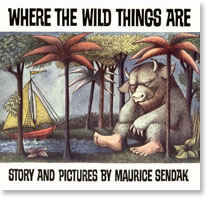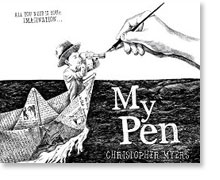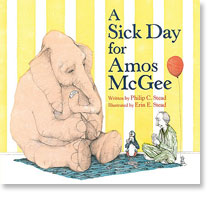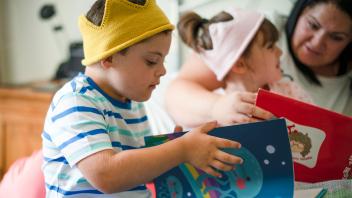I’ve been thinking a lot about picture books and why some work and are memorable while others just land with a thud when read. I continue to ask myself what is it about those picture books that resonate with readers and particularly those that can be shared many times between adults and children, delighting both.
Then it occurred to me. The thoughts that follow probably aren’t entirely original. In fact, it seems likely that they’re an amalgamation of things I’ve heard or read and internalized over years. That said, it seems to me that picture books that delight readers of all ages are those that combine elements of poetry and movement when word and image combine to create the picture book.
What makes poetry different than prose? How do picture books differ from illustrated books? And what do the two forms — poetry and picture books — have in common?
A great deal, actually.
Picture books are a relatively short form that has to present ideas in few words accompanied by images that enhance, extend, complement not only the action but characters, mood, tone, and more.
I think the way Rita Dove, a former national poet laureate, defines poetry also defines the language used in successful picture books. Dove says, “Poetry is language at its most distilled and most powerful.” Language used in picture books is distilled as well to powerfully present an idea or an experience for children of all ages (not just the very young).
Images that accompany the text create drama on each page, sometimes quiet, sometimes noisy, sometimes solemn, sometimes silly. The drama moves forward with each page turn, building story, character, and tension — all within the confines of 32 pages.



Each book is presented in different styles but each uses an economy of words that combine with illustrations (again quite different in each book). And each resonates with readers as the drama unfolds with each page turn.
About the Author
Reading Rockets’ children’s literature expert, Maria Salvadore, brings you into her world as she explores the best ways to use kids’ books both inside — and outside — of the classroom.

